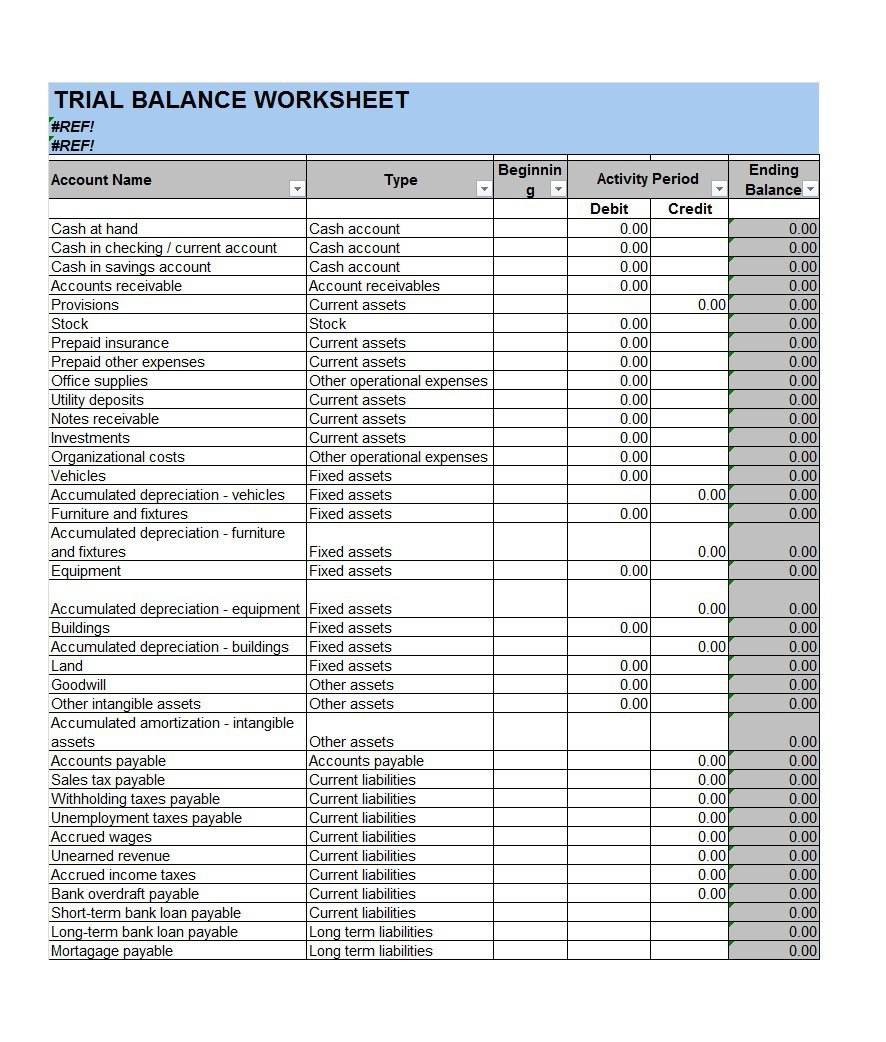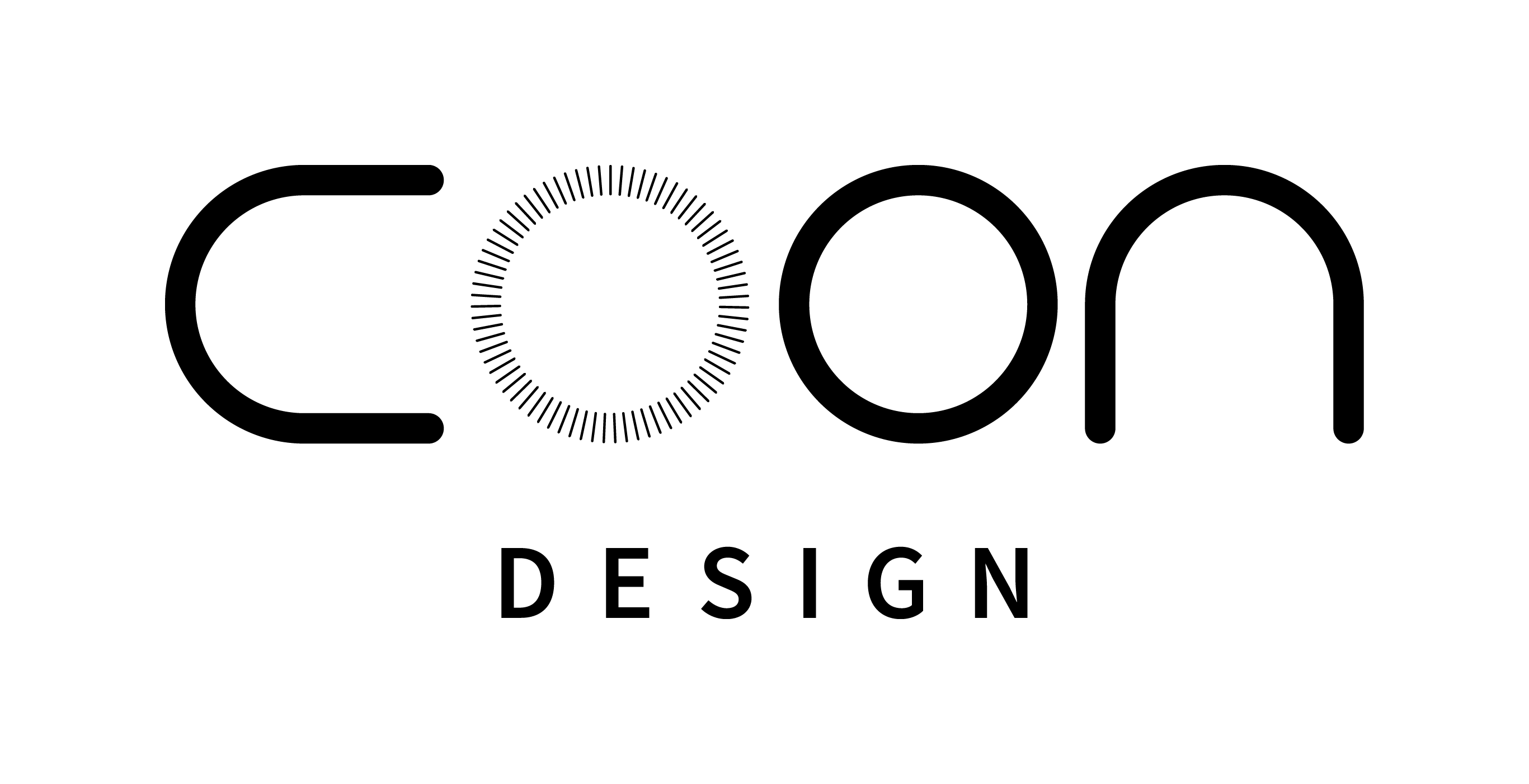
It has its shortcomings such as delay, inflation, seasonal variations and incomparability with respect to non-monetary elements, but the benefits clearly exceed the drawbacks. Comparative balance sheets enable businesses to track their financial health, take timely decisions and plan ahead for future expansion. A comparative balance sheet, where several periods of data are shown, is important to claim the support of investors and other interested parties.
- Items such as intangibles, for example the value of the knowledge and skills of employees, are not reflected in the balance-sheet position.
- The balance sheet may also include notes that provide additional information about specific items on the balance sheet.
- Line items in this section include common stocks, preferred stocks, share capital, treasury stocks, and retained earnings.
- Balance sheets are one of the most critical financial statements, offering a quick snapshot of the financial health of a company.
- Learn how they work together with our complete guide to financial statements.
Who prepares balance sheets?
She’s got more than twice as much owner’s equity than she does outside liabilities, meaning she’s able to easily pay off all her external debt. As you can see, the report format is a little bit easier to read and understand. A financial professional will offer guidance based on the information provided and offer a no-obligation call to better understand your situation.
Identify Your Liabilities
If you are using double-entry accounting software, a company balance sheet is very easy to create. You can also run a comparison between two dates to compare your current accounting balance sheet with a previous accounting period. The reason for dividing current and long-term assets is that these categories can be used to measure the liquidity of a company by turning assets into cash. The easiest way to prepare a balance sheet is to use an accounting software package, which will automatically produce the report from the reports list. We have a free template download if you want to produce one using a spreadsheet.
Current Liabilities
Businesses can capitalize on growth opportunities as they know their strengths, for example, increasing retained earnings or cash in the bank. Similarly, spotting weaknesses like growing liabilities or declining assets allows companies to take corrective action before these issues worsen. They can also enable better resource allocation, guiding businesses in deciding where to invest for maximum return.
Cash Flow Statement
These three financial statements offer a comprehensive snapshot of a company’s operational and financial performance during a specified timeframe. Investors, analysts, and potential creditors leverage these statements to understand how a company generates and allocates its funds. By comparing your income statement to your balance sheet, you can measure how efficiently your business uses its total assets. For example, you can get an idea of how well your company can use its assets to generate revenue. The balance sheet equation follows the accounting equation, where assets are on one side, liabilities and shareholder’s equity are on the other side, and both sides balance out. A balance sheet depicts many accounts, categorized under assets and liabilities.
These revenues will be balanced on the asset side of the equation, appearing as inventory, cash, investments, or other assets. While stakeholders and investors may use a balance sheet to predict future performance, past performance does not guarantee future results. These formulas help stakeholders gauge how the company performed compared with previous periods, as well as understand underlying trends that the raw data may not immediately reveal.
For example, they cannot tell us if the company’s low sales numbers are a result of market conditions. Comparative balance sheets help companies identify trends, assess financial efficiency, and make informed investment decisions. A pro forma balance sheet makes estimates on the future effects invoice templates gallery on assets, liabilities, and net worth after applying assumptions and projections to the current performance of the company. The easiest way to check a balance sheet for mistakes is to see if the right side (total assets) are equal to the right side (liabilities plus owner’s equity).
For Where’s the Beef, let’s say you invested $2,500 to launch the business last year, and another $2,500 this year. You’ve also taken $9,000 out of the business to pay yourself and you’ve left some profit in the bank. Returning to our catering example, let’s say you haven’t yet paid the latest invoice from your tofu supplier. Get free guides, articles, tools and calculators to help you navigate the financial side of your business with ease. Our goal is to deliver the most understandable and comprehensive explanations of financial topics using simple writing complemented by helpful graphics and animation videos.

A company usually must provide a balance sheet to a lender in order to secure a business loan. A company must also usually provide a balance sheet to private investors when attempting to secure private equity funding. In both cases, the external party wants to assess the financial health of a company, the creditworthiness of the business, and whether the company will be able to repay its short-term debts. Marshalling refers to the arrangement of assets and liabilities on the balance sheet in a particular order. The assets and liabilities are shown in a logical order for helping the stakeholders in understanding the financial statements easily.
Your balance sheet shows what your business owns (assets), what it owes (liabilities), and what money is left over for the owners (owner’s equity). Understanding the components of a balance sheet is crucial for investors and creditors to assess a company’s financial health. A comparative balance sheet aids decision-making by providing insights into a company’s financial performance over time.
